First, what is liturgy? From the Greek it literally means work for the people; or better yet
public work or public service. Obviously we also define it more specifically as divine worship, the proclamation of the Gospel. As Christians our liturgical and sacramental history can be traced to Jesus’ baptism in the Jordan River; and, of course, the Last Supper when he instituted his perpetual sacramental presence for us in the bread and wine as his body and blood. The Early Church was dedicated to assuring that these fundamental and intrinsic sacraments of their new Christian identity and faith would become ingrained in the nascent church communities beginning to be planted and grow throughout the eastern Mediterranean area. So in reality the first Liturgical Movement, indebted in significant ways to the Judaic traditions of the Temple and synagogue, began in the first century, culminating in the third, fourth, and fifth centuries with the glorious liturgies of St. Basil and St. Christrostrum, among others. The irony is that the second Liturgical Movement, which began in the nineteen hundreds, or approximately 1,600 years later, is essentially a recapitulation of the spirituality and ethos of the first Liturgical Movement.
The Liturgical Movement of the recent past began on the 1830’s at a Benedictine monastery in
Solesmes, France, under the direction of Dom Prosper Gueranger. The Benedictine monastic Order has long had a “calling” for liturgical spirituality and theology stemming in part from their history with their Liturgy of the Hours, so it was quite natural for them to delve into and foster the research of the Early Church and its liturgical heritage. Their effort was greatly aided by recent discoveries of Early Church documents pertaining to liturgy; included among them being the Apostolic Tradition, the Didache, and the Canons of Hippolytus of Rome. To use a familiar example, the Anaphora (the most solemn part of the Divine Liturgy) of the Apostolic Tradition (also known as the Anaphora of Hippolytus), which dates from the third century, begins with the Sursum Corda (e.g. “Lift up your hearts.”); followed by the Prayer of Thanksgiving; the Words of Institution; Anamnesis and Oblation; Epiclesis; and finally Doxology. Form any objective perspective this is virtually the same sequence and usage as contained in the Rite II Eucharistic prayers we use as found in the 1979 Book of Common Prayer; and some of these components will be revisited in forthcoming Insights. The liturgies of the 1979 Book of Common Prayer also reflect the objectives of the second Liturgical Movement, primary among them being an emphasis on greater participation by the laity, renewed importance of the sacrament of baptism, and the recovery of ancient liturgical forms such as the Easter Vigil.
In the recent Parish Profile Survey, which was compiled in conjunction with the search for a new rector, the question was asked: “What keeps you coming back to St. Mary’s?” And the number one answer was the liturgy. Why is knowing this important? Why is it meaningful? In part it pertains to the value we attach to the content and quality of our lives, and how they intersect with God. If we think God is important, then we seek to make the time we spend in worship of and with God of value, of high standard, meaningful, transforming, renewing, life giving, healing. The liturgies of the initial liturgical movement of the Early Church and those which we celebrate today are, ironically, essentially one-in-the-same. That which they valued and we value in our relationship to God, and how we express that, are essentially one-in-the-same. Consequently we are united and linked through our liturgy; as the one Mystical Body of Christ, the Church. That we share the same values concerning our spirituality and faith, as found in our liturgies, with those of the Early Church is hugely significant and reassuring. And for us this should be a source of great joy! So “lift up your hearts!”

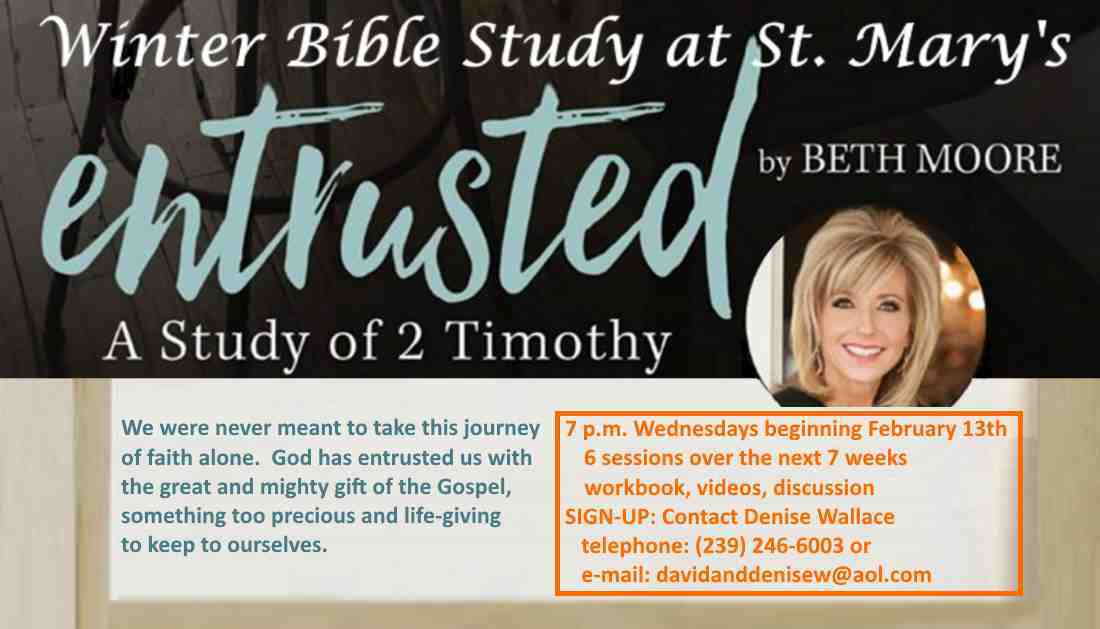
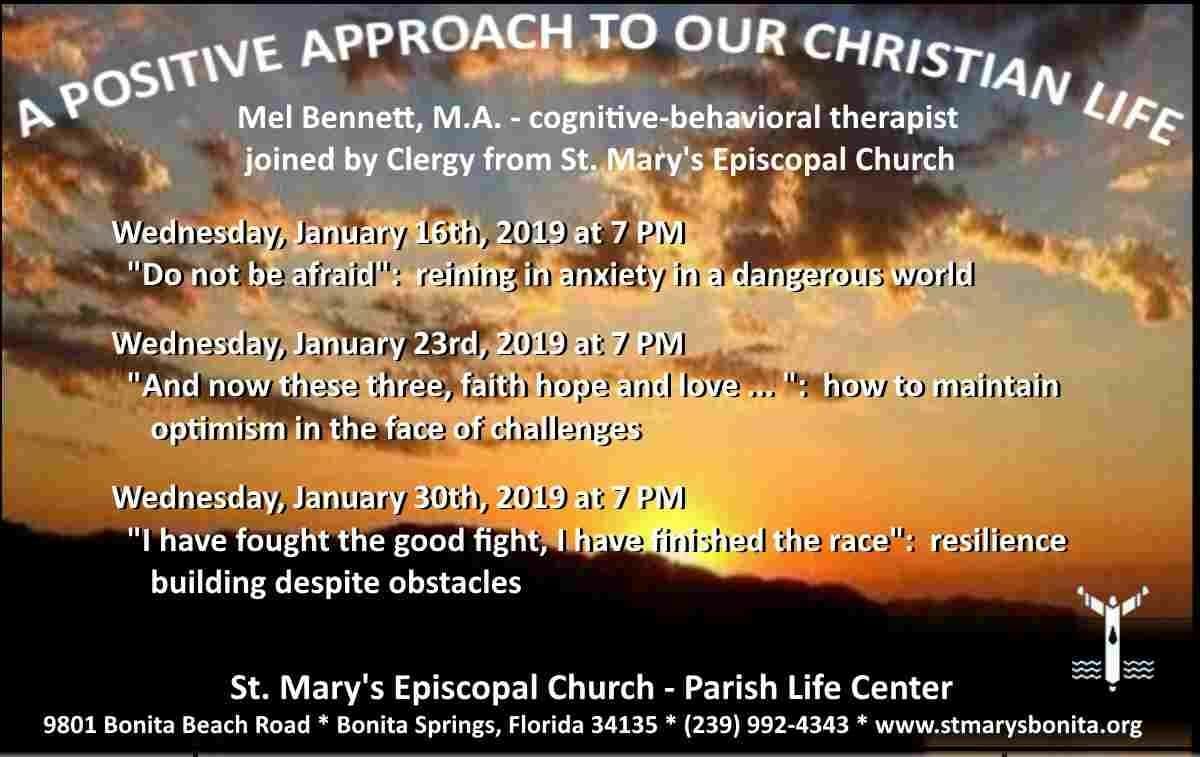
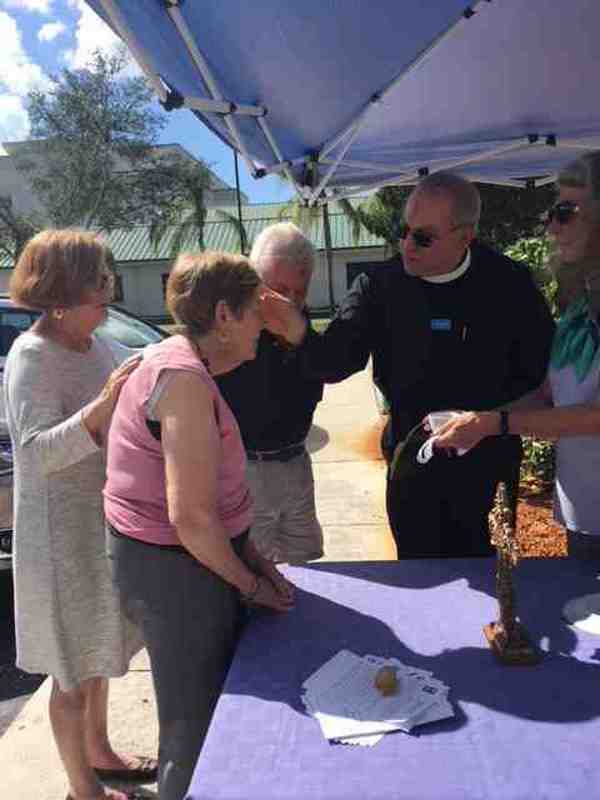
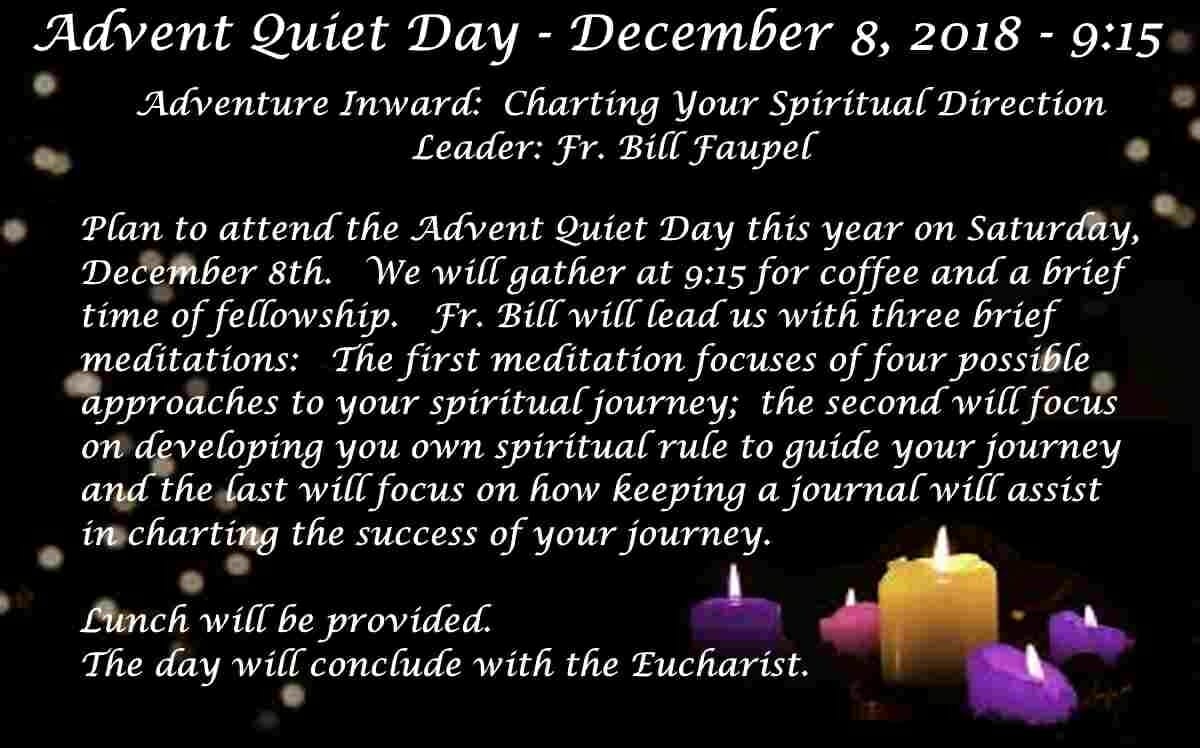
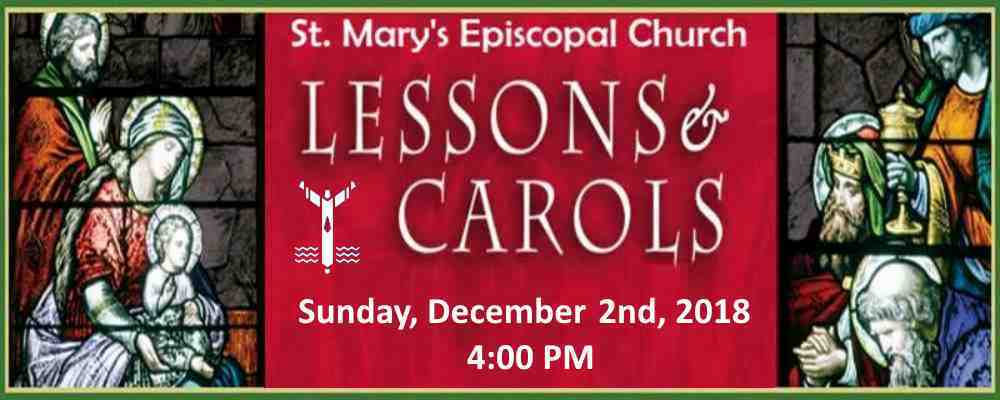
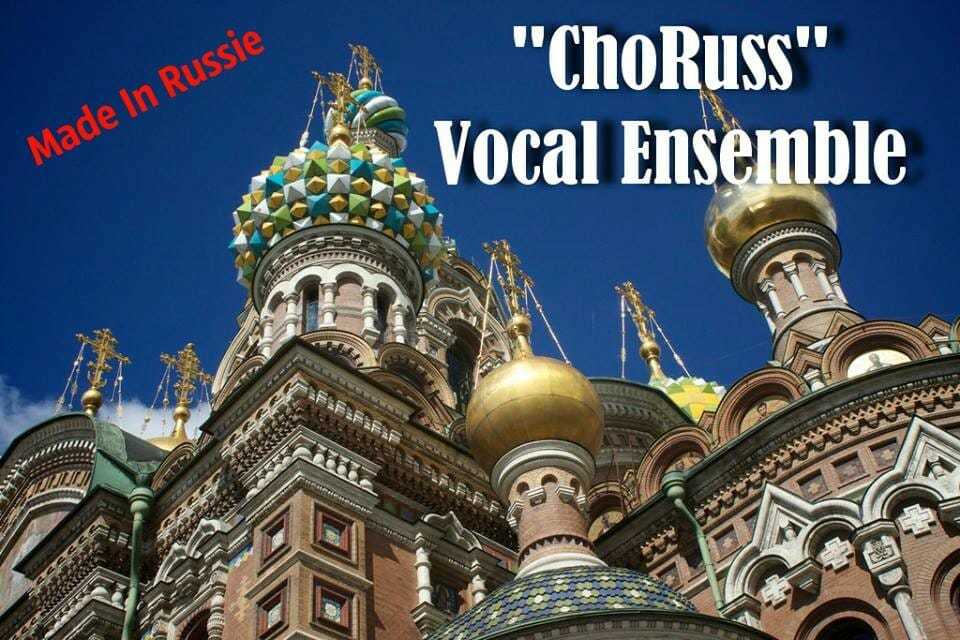
Thanks, Very nice!